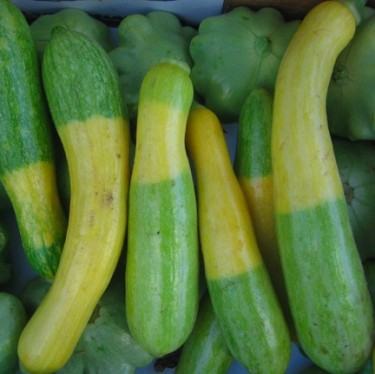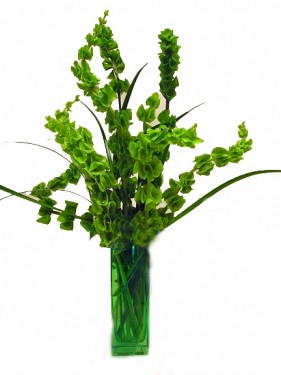WE HAVE FILLED THIS POSITION! (3/17/11)
When people walk into our greenhouse, they are greeted by knowledgeable gardeners, like-minded fanatics, or people who have experience as commercial vegetable growers or as landscape professionals. Whether a customer is a veteran gardener with Latin names rolling off their tongue or a first time tomato plant purchaser, our staff and our customers share a love of plants, food and flowers. We welcome all of our customers into an environment that is helpful and practical. If this description peaks your interest, we may have a good opportunity for you to work in our retail greenhouse.
Here is a little more about the job.....It would entail all aspects of working in the retail greenhouse such as
- Greeting customers
- Answering many questions graciously and knowledgeably
- Keeping displays filled and organized
- Making sure all of the plants have the correct signage
- Running a cash register
- Being on your feet all day
- Lifting 30 lbs comfortably
- Watering plants as needed
- Deadheading as needed
- Taking home lots and lots of plants!
- Having a great time all day!
If this sounds appealing to you, please send us a version of a resume that explains your gardening experience. Let me know what your favorite heirloom tomatoes are, or which annuals do best out by the mailbox at your house. Or maybe you can tell me a story about the first time you new you were addicted to gardening. Basically, we are looking for someone who is very at ease talking about gardening and who has a lot of gardening knowledge easily accessible in their brain because they live and breathe plants. We love our customers and want to continue giving them the service they deserve.
The work dates are roughly April 15th to July 3rd, and the position is for about 20 to 30 hours a week. We realize this is a short time commitment, but if you are a gardening enthusiast with years of experience, and you want a chance to be around beautiful plants and wonderful people, this might be a good opportunity for you.
Contact us with your garden stories and garden resume by email: julieATredwagonplants.com.
Thanks!





















